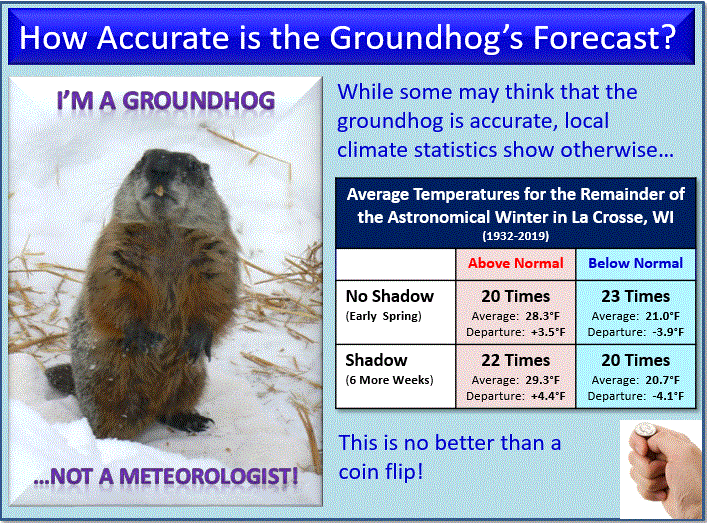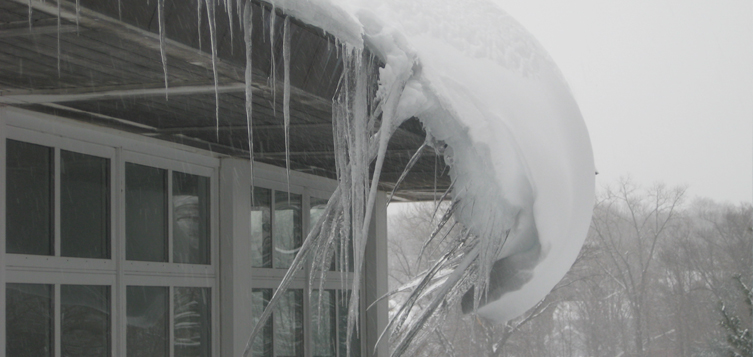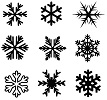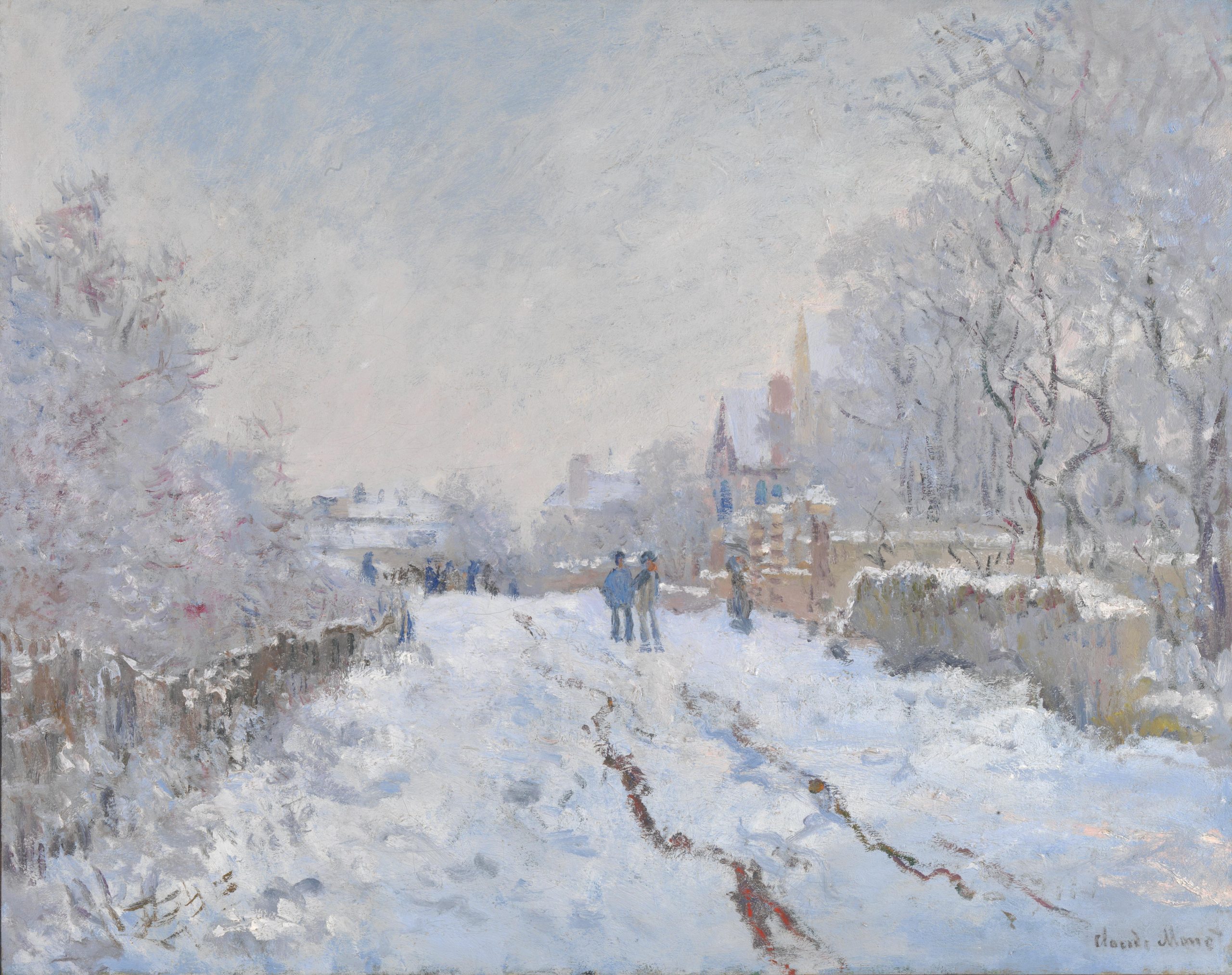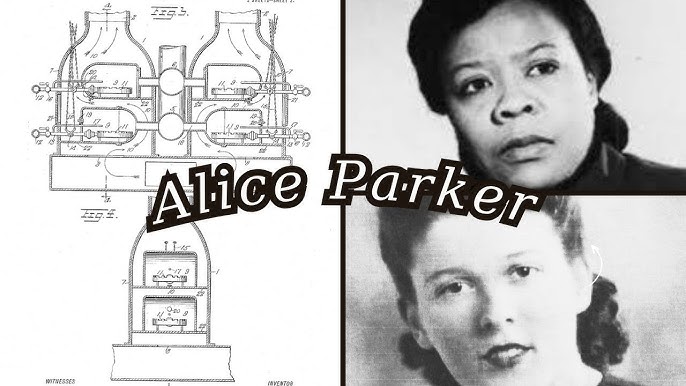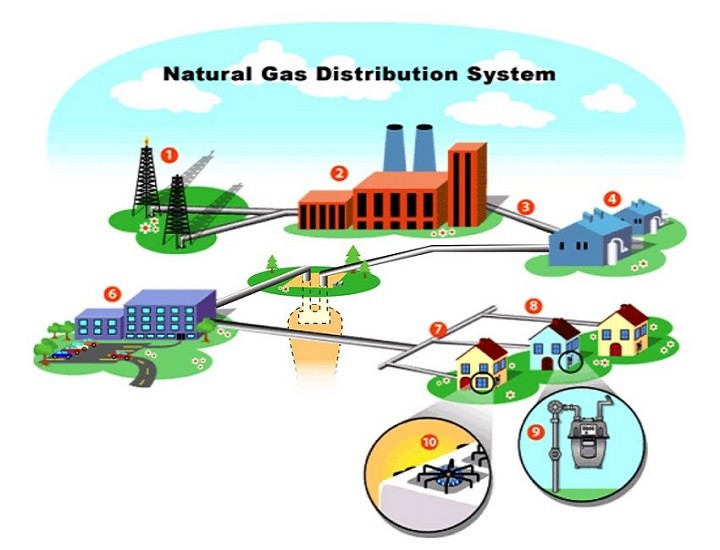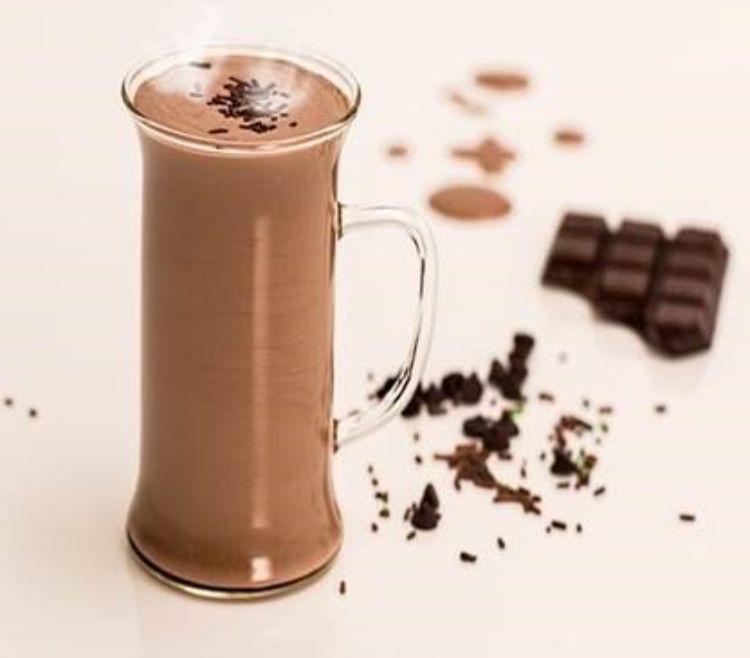Tag Archives: February
- Home
- Posts tagged "February" (Page 3)

The “Groundhog Day” Effect
| Research Without Old Data and Old References |
Background: The use of older data and references is becoming increasingly disfavored for publication. A myopic focus on newer research risks losing sight of important research questions already addressed by now-invisible older studies. This creates a ‘Groundhog Day’ effect as illustrated by the 1993 movie of this name in which the protagonist has to relive the same day (Groundhog Day) over and over and over within a world with no memory of it. This article examines the consequences of the recent preference for newer data and references in current publication practices and is intended to stimulate new consideration of the utility of selected older data and references for the advancement of scientific knowledge.
Methods: Examples from the literature are used to exemplify the value of older data and older references. To illustrate the recency of references published in original medical research articles in a selected sample of recent academic medical journals, original research articles were examined in recent issues in selected psychiatry, medicine, and surgery journals.
Results: The literature examined reflected this article’s initial assertion that journals are emphasizing the publication of research with newer data and more recent references.
Conclusions: The current valuation of newer data above older data fails to appreciate the fact that new data eventually become old, and that old data were once new. The bias demonstrated in arbitrary policies pertaining to older data and older references can be addressed by instituting comparable treatment of older and newer data and references.
Related:
ASTM International: Standard Practice for Calculating and Using Basic Statistics
Groundhog Day: Ancient Origins of a Modern Celebration (Library of Congress)
IMSDb: “GroundHog Day” The Complete Script
Harvard Business Review: When the Groundhog Predicts an Early Spring, Investors Get Optimistic
Indiana University: Groundhog Day Probability in Perspective
Create a Winter Bird Haven
Blue birds huddling together for warmth
pic.twitter.com/t0SEG4CZhs— Science girl (@gunsnrosesgirl3) December 27, 2024
Also from the University of Illinois:
Why so much slip and fall attorney advertisements after SCOTUS Bates v. State Bar of Arizona (1977)
Electrical heat tracing: international harmonization-now and in the future
Electrical heat tracing: international harmonization-now and in the future
C. Sandberg
Tyco Thermal Controls
N.R. Rafferty – M. Kleinehanding – J.J. Hernandez
E.I. DuPont de Nemours & Company, Inc
Abstract: In the past, electrical heat tracing has been thought of as a minor addition to plant utilities. Today, it is recognized as a critical subsystem to be monitored and controlled. A marriage between process, mechanical, and electrical engineers must take place to ensure that optimum economic results are produced. The Internet, expert systems, and falling costs of instrumentation will all contribute to more reliable control systems and improved monitoring systems. There is a harmonization between Europe and North America that should facilitate design and installation using common components. The future holds many opportunities to optimize the design.
CLICK HERE to order complete paper
Outdoor Deicing & Snow Melting
Today our focus turns to outdoor electric deicing and snow melting wiring systems identified as suitable for the environment and installed in accordance with the manufacturer’s instructions. They work silently to keep snow load from caving in roofs and icicles falling from gutters onto pedestrian pathways.
While the voltage and ampere requirement of the product itself is a known characteristic, the characteristic 0f the wiring pathway — voltage, ampere, grounding, short circuit, disconnect and control — is relatively more complicated and worthy of our attention. Articles 426-427 of the National Electrical Code is the relevant part of the NEC
Free Access 2023 National Electrical Code
Insight into the ideas running through technical committee deliberations is provided by a review of Panel 17 transcripts:
2023 NEC Panel 17 Public Input Report (633 pages)
2023 NEC Panel 17 Public Comment Report (190 pages)
We hold Articles 427 in the middle of our priority ranking for the 2023 NEC. We find that the more difficult issues for this technology is the determination of which trade specifies these systems — architectural, electrical, or mechanical; covered in previous posts. Instead, most of our time will be spent getting IEEE consensus products in step with it, specifically ANSI/IEEE 515 and IEEE 844/CSA 293.
Comments on the Second Draft of the 2026 NEC will be received until April 18th.
…
We collaborate with the IEEE Education & Healthcare Facility Committee which meets online 4 times per month in European and American time zones. Since a great deal of the technical basis for the NEC originates with the IEEE we will also collaborate with IEEE Standards Coordinating Committee 18 whose members are charged by the IEEE Standards Association to coordinate NFPA and IEEE consensus products.
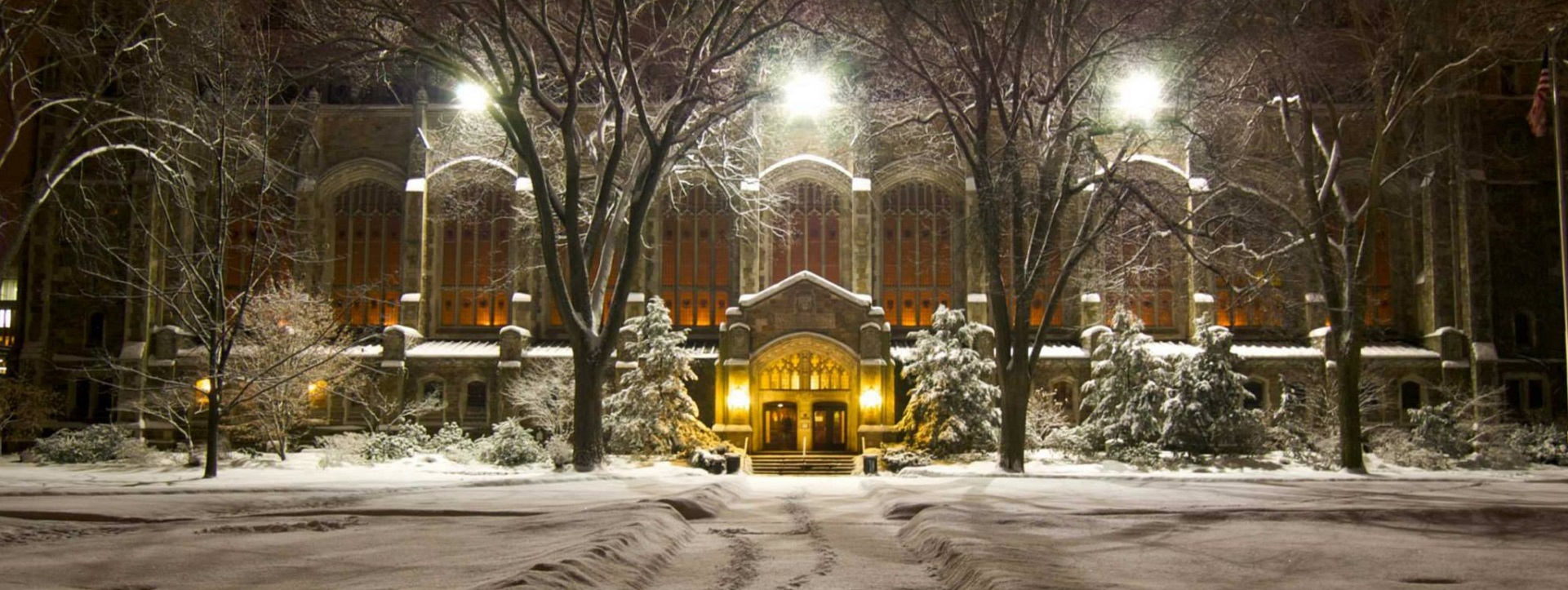
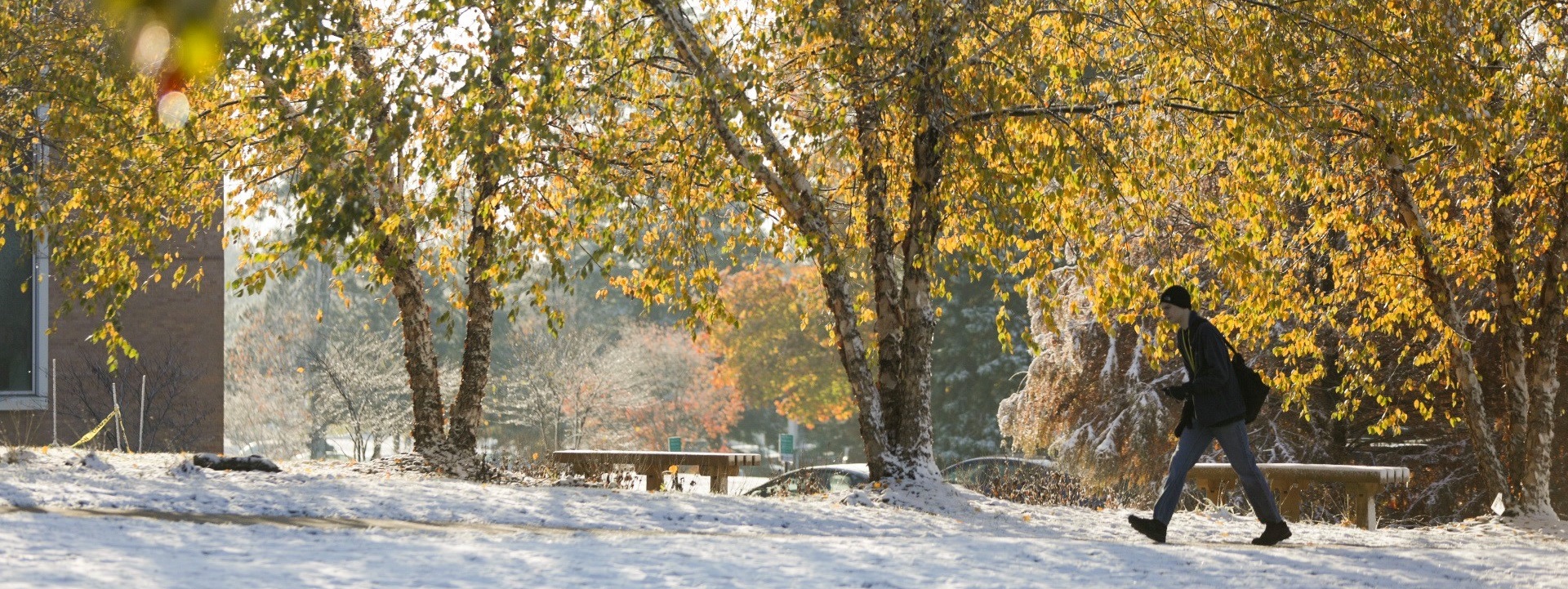
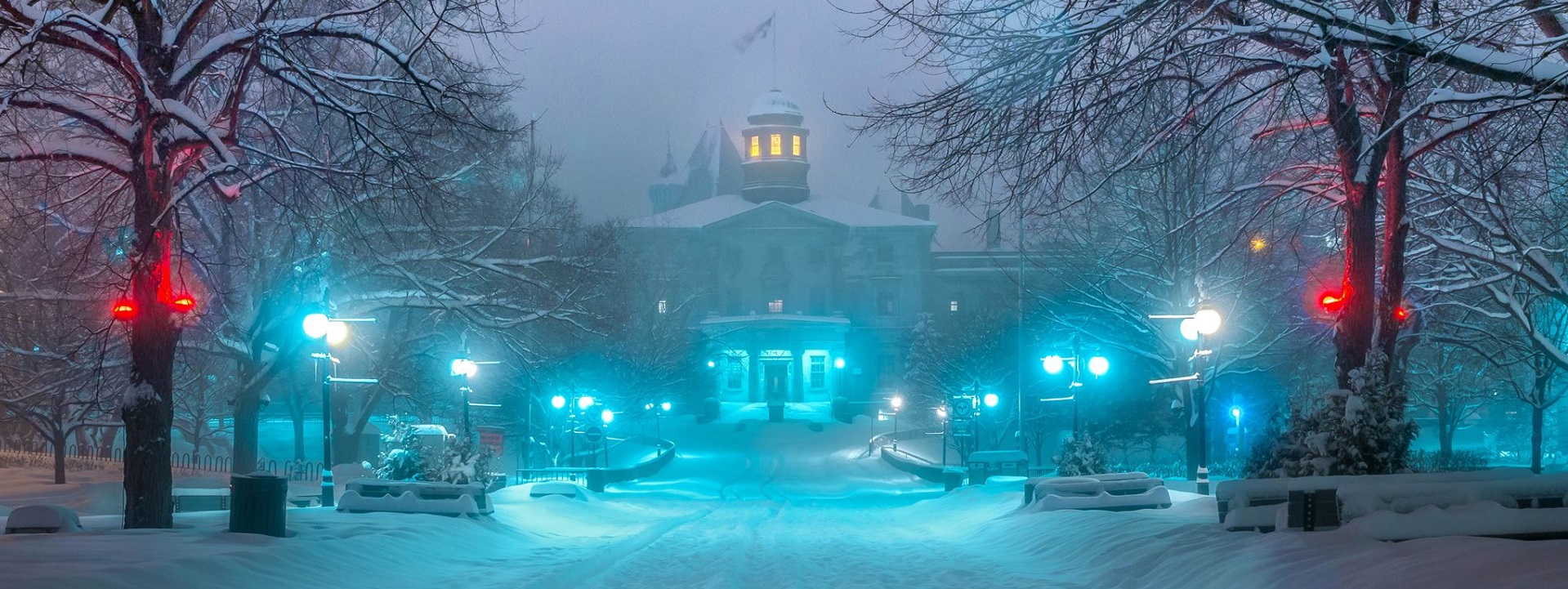
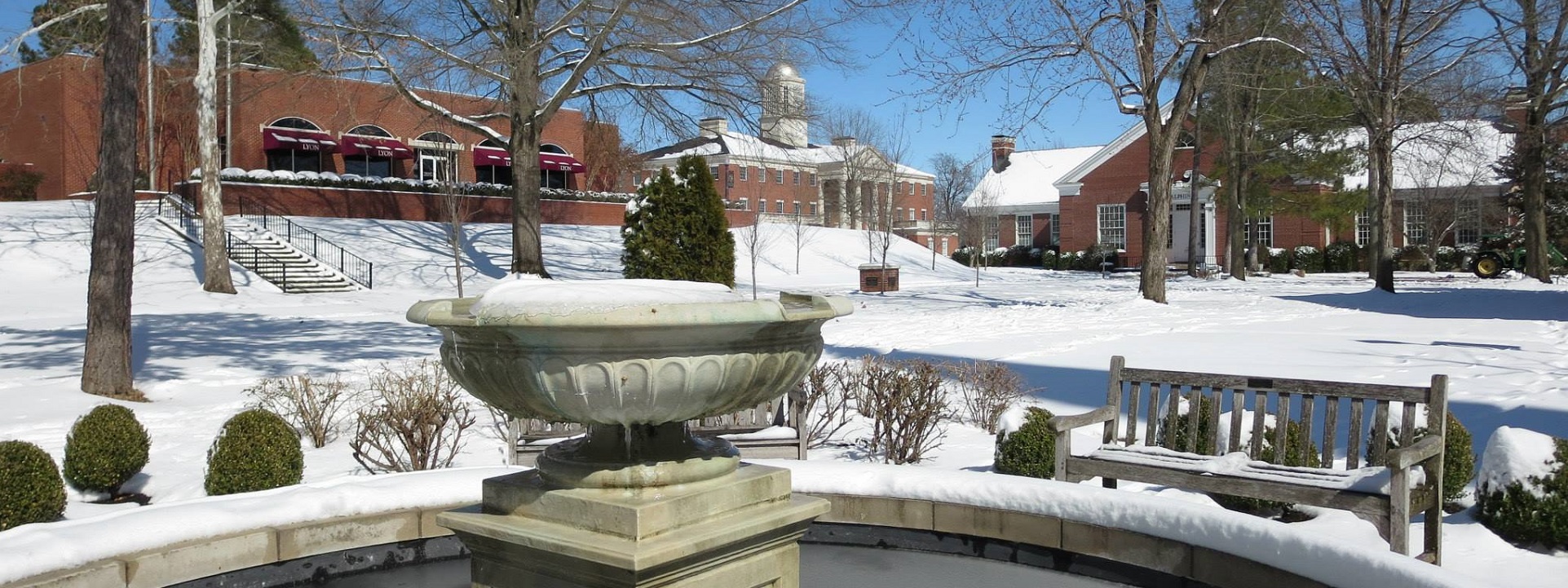
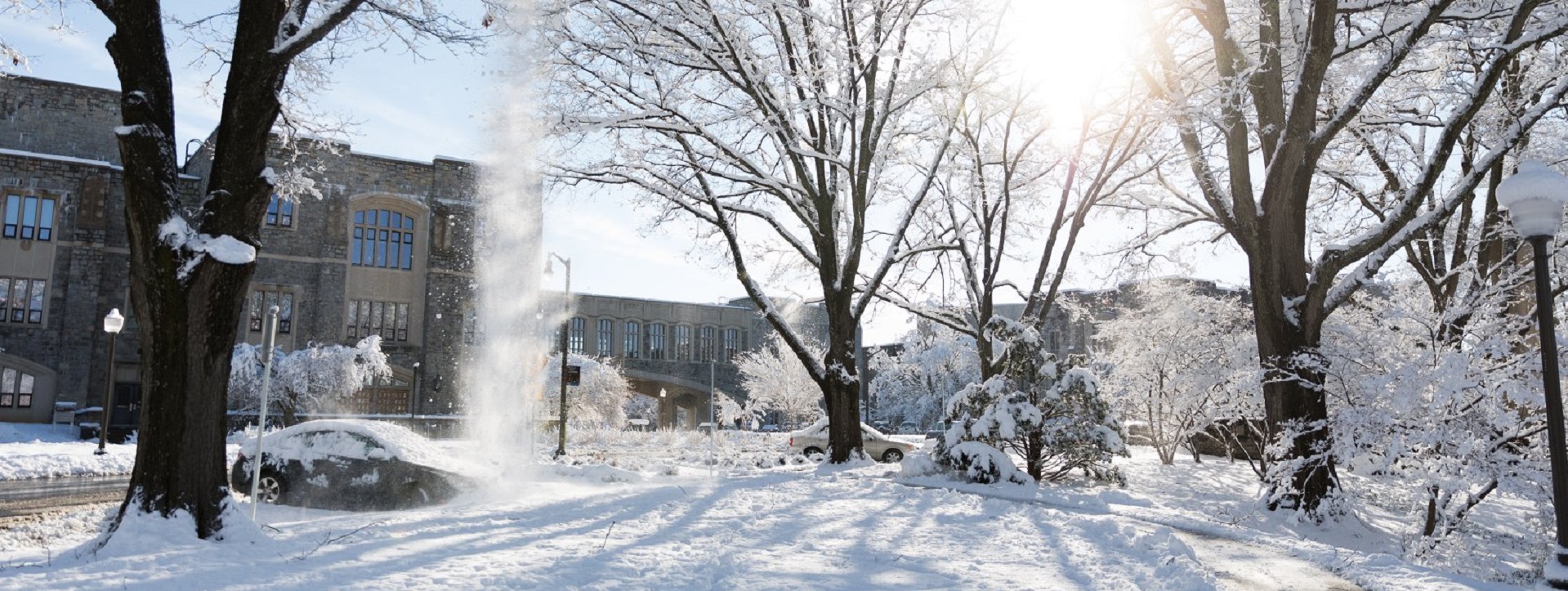
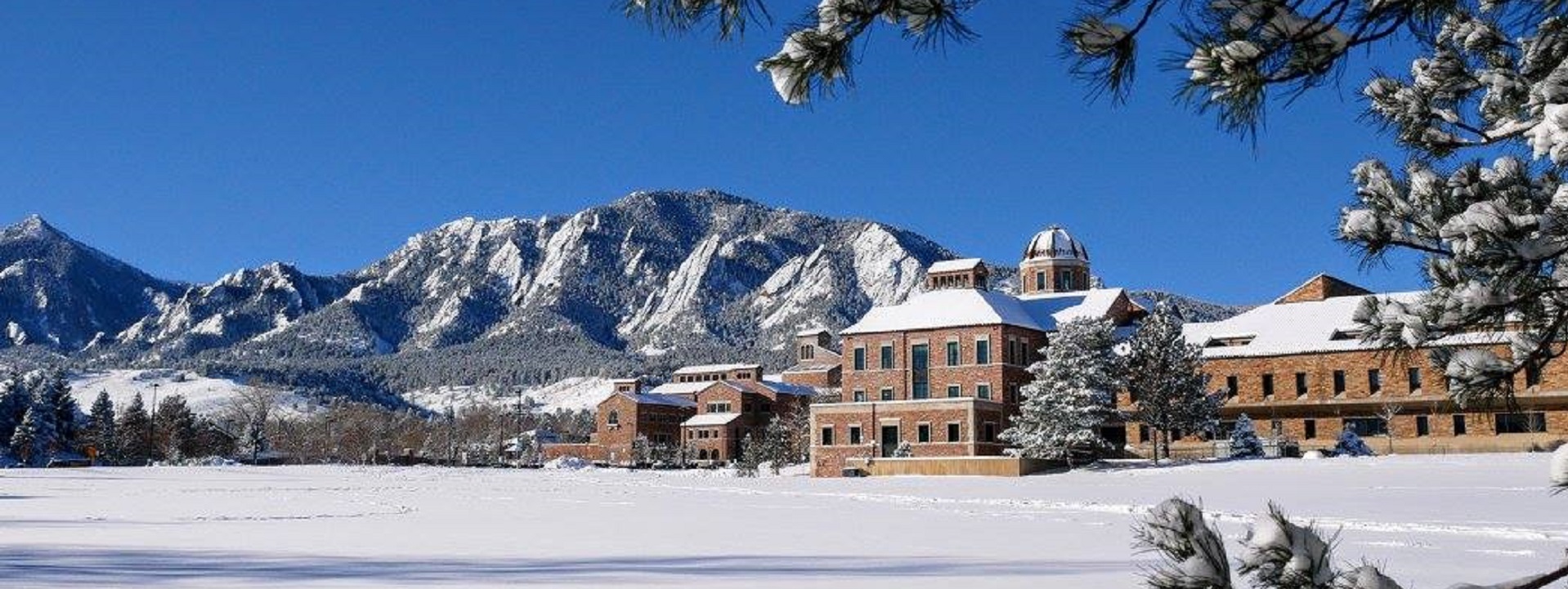
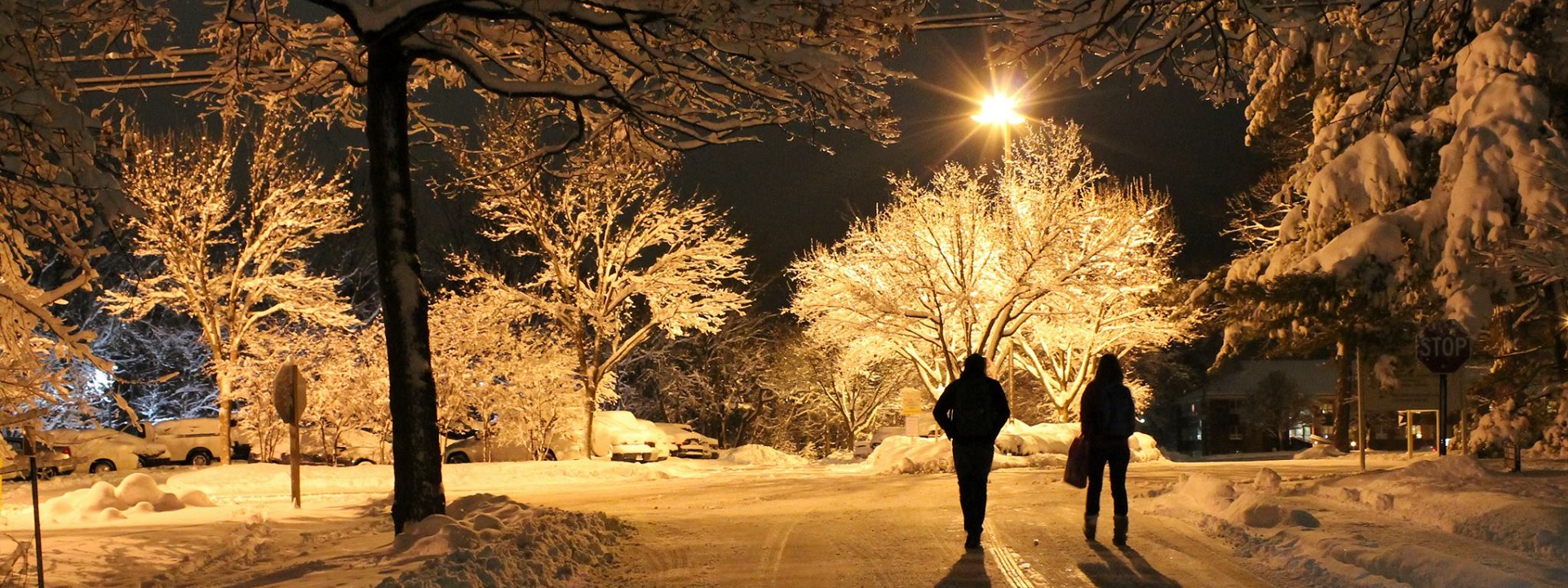
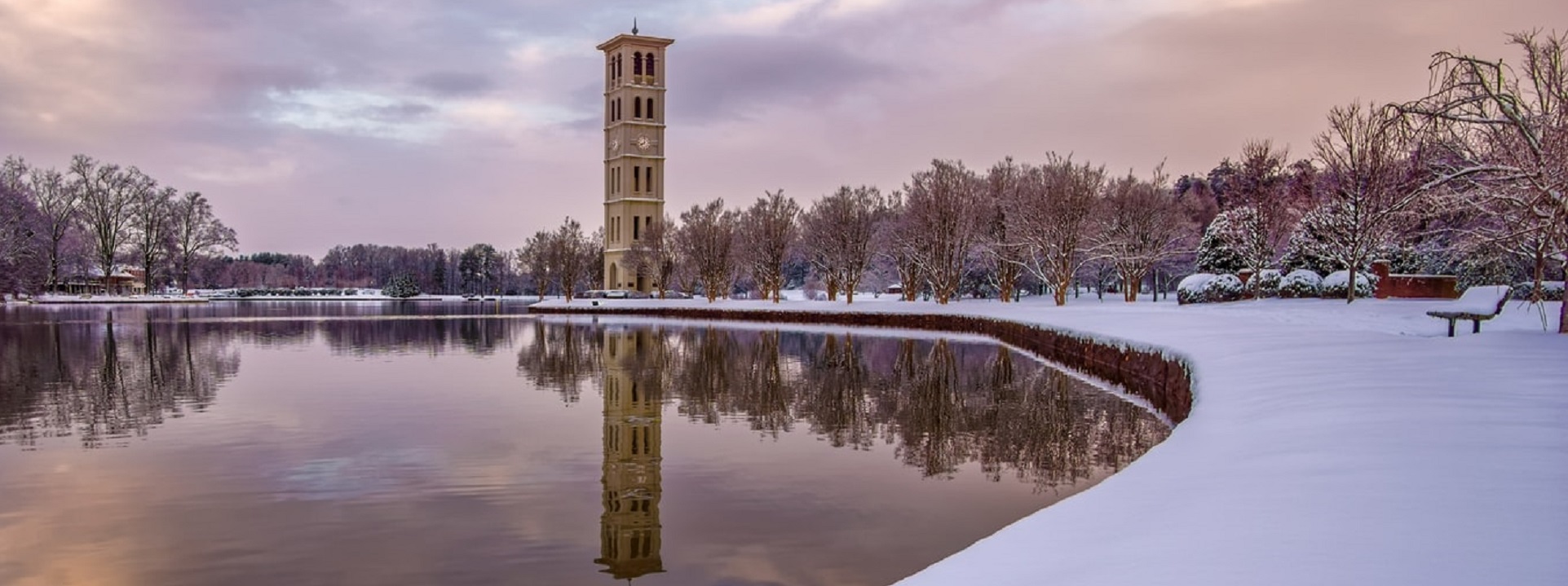
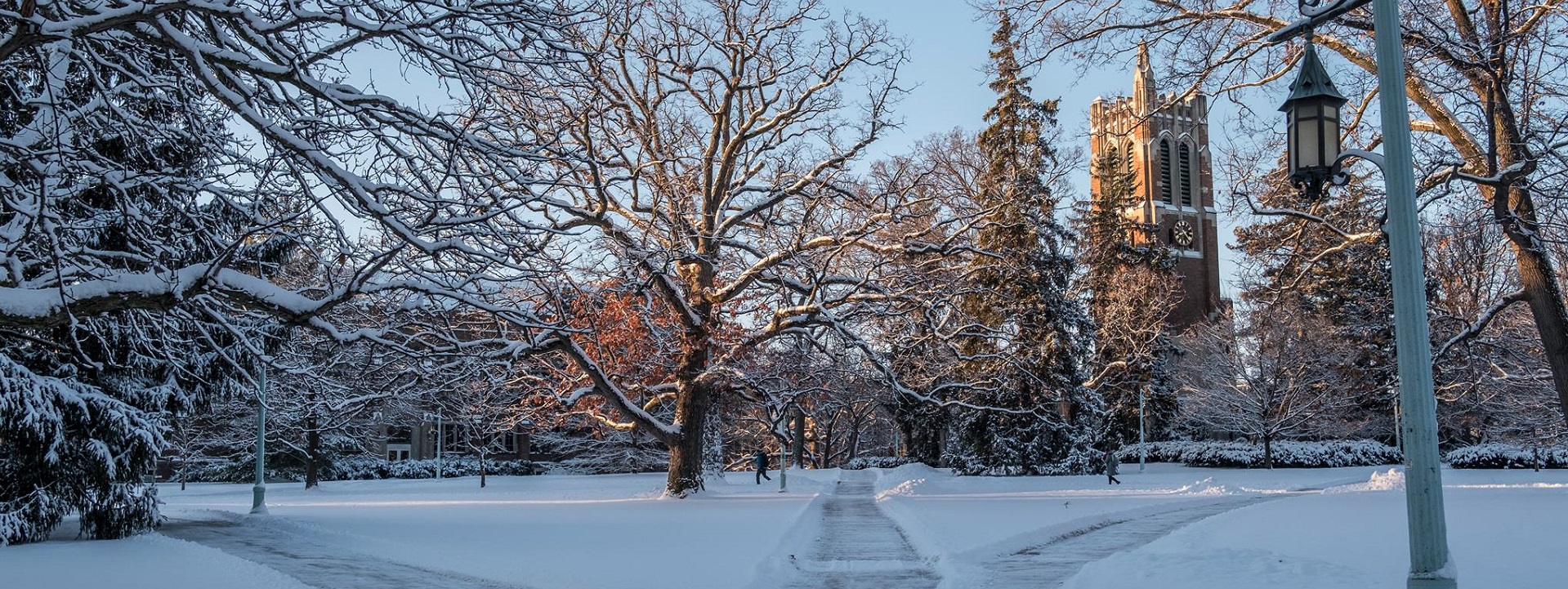
Issue: [19-151]
Category: Electrical, Energy
Colleagues: Mike Anthony, Jim Harvey, Kane Howard, Jose Meijer
LEARN MORE:
How to Care for Horses in the Winter
“No hour of life is wasted that is spent in the saddle.”
— Winston Churchill

…”The curiosity and impatience of my master were so great, that he spent many hours of his leisure to instruct me. He was convinced (as he afterwards told me) that I must be a Yahoo, but my teachableness, civility and cleanliness, astonished him; which were qualities altogether opposite to those animals…”
That’s great!
The horse lies down with its owner. pic.twitter.com/lCB85DSkAl
— The Figen (@TheFigen_) February 10, 2025
Town Gas
Brought to You by Howard: Alice H. Parker’s historic patent of the gas heater warms the world
Historically, “Town Gas” referred to a manufactured gaseous fuel, primarily produced from coal, that was supplied to homes and businesses in towns and cities for heating and lighting purposes. We use it as a general term for a manufactured gas distributed through educational settlements because of its cleaner and safer properties. Among them:
-
Heating and Cooling – Most settlements use natural gas to power boilers and furnaces for heating buildings during cold months. It also fuels absorption chillers for air conditioning in warmer seasons.
-
Electricity Generation – Settlements with cogeneration (combined heat and power) plants use natural gas to produce electricity while capturing waste heat for heating, improving energy efficiency.
-
Cooking Facilities – Dining halls rely on natural gas for precise and reliable cooking, making meal preparation efficient.
-
Laboratories and Research – Science and engineering labs use natural gas for Bunsen burners, sterilization, and other experimental applications requiring controlled flames.
-
Hot Water Supply – Dormitories, gyms, and other campus facilities use natural gas water heaters to provide a continuous supply of hot water for showers, washing, and sanitation.
-
Transportation – Some universities operate shuttle buses and service vehicles on compressed natural gas (CNG), reducing emissions and fuel costs.
-
Emergency Backup Power – Natural gas generators provide backup power during outages, ensuring critical systems, like research labs and data centers, remain operational.
Glorious gas lamps of London
Their warm glow adds beauty to these winter evenings pic.twitter.com/UgHK8yh2YN
— Conor Lynch (@c_k_lynch) February 18, 2025
Safety and Sustainability Bibliography:
International Standards:
ISO 13686 – Specifies the quality of natural gas for use in various applications.
ISO 14001 – Provides environmental management standards for reducing the environmental impact of natural gas operations.
ISO 50001 – Energy management system standard for improving energy efficiency, including natural gas usage.
IEC 60079 – Covers explosive atmospheres, ensuring safety in handling natural gas in industrial settings.
OHSAS 18001 (now ISO 45001) – Occupational health and safety standards for workplaces dealing with natural gas.
IPCC Guidelines – International standards for measuring and reporting greenhouse gas emissions from natural gas operations.
U.S. Standards:
49 CFR Part 192 – Federal Pipeline Safety Regulations, governing natural gas pipeline transportation.
EPA Greenhouse Gas Reporting Program (GHGRP) – Requires natural gas facilities to report emissions data.
ANSI/GPTC Z380.1, Guide for Gas Transmission, Distribution, and Gathering Piping Systems
NFPA 54 (National Fuel Gas Code) – Covers safe installation and use of natural gas in buildings.
NFPA 58 – Safety regulations for liquefied petroleum gas (LPG), including storage and handling.
ASME B31.8 – Pipeline safety code for natural gas transmission and distribution.
Clean Air Act (CAA) – Regulates air emissions from natural gas production and consumption.
California Low Carbon Fuel Standard (LCFS) – Encourages sustainable fuel alternatives, including renewable natural gas (RNG).
State of Michigan Technical Standards for Gas Service
Federal Energy Regulatory Commission: Natural Gas Policies
Schools, Colleges, Universities, Hospitals (Educational Settlements)
University of Michigan Design Guidelines
Related:
Hot chocolate vs. hot cocoa
Michigan Central § 2024 Net Position: $5.600B
“…Hot cocoa and hot chocolate are terms that we often used interchangeably. Technically, hot cocoa and hot chocolate are as different as milk chocolate and bittersweet chocolate. Hot cocoa is made with cocoa powder, the way my mother made it when I was a kid. Hot chocolate is made from melting chocolate bars into cream…”
Plant science at your dinner table: Hot chocolate vs. hot cocoa
New update alert! The 2022 update to the Trademark Assignment Dataset is now available online. Find 1.29 million trademark assignments, involving 2.28 million unique trademark properties issued by the USPTO between March 1952 and January 2023: https://t.co/njrDAbSpwB pic.twitter.com/GkAXrHoQ9T
— USPTO (@uspto) July 13, 2023
Standards Michigan Group, LLC
2723 South State Street | Suite 150
Ann Arbor, MI 48104 USA
888-746-3670



